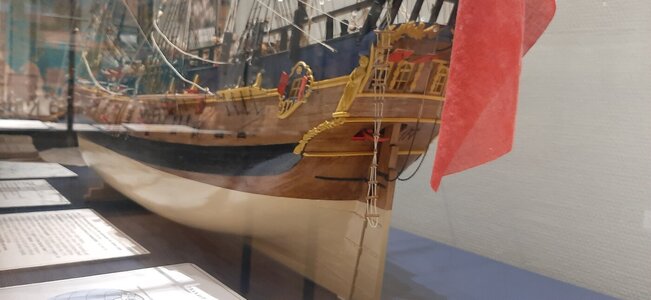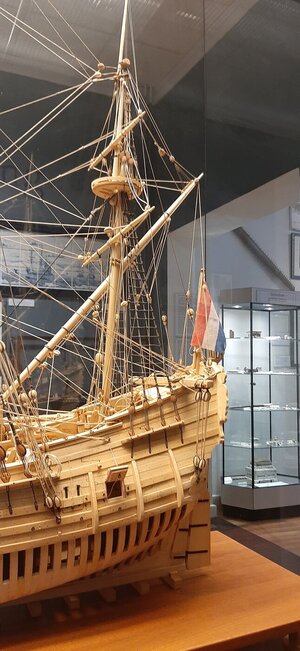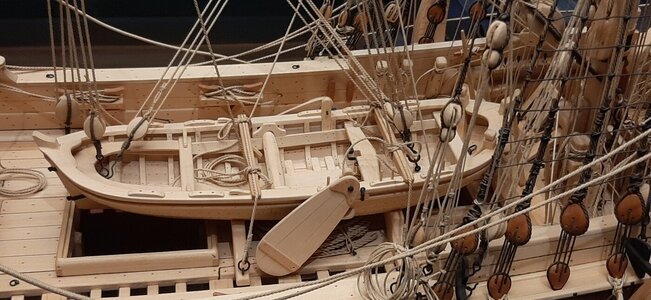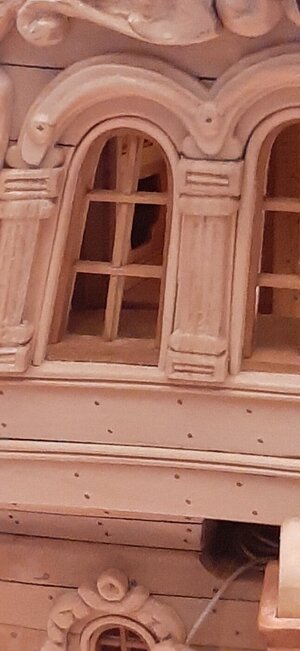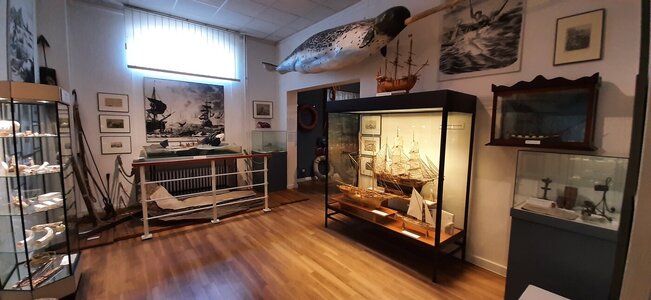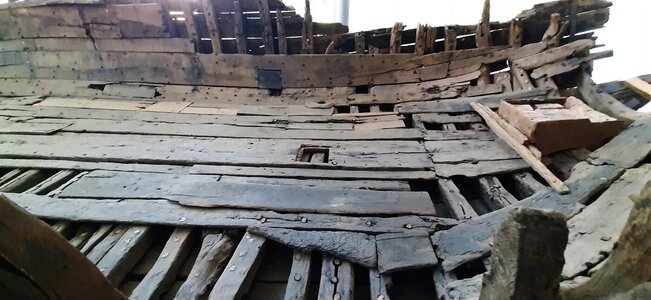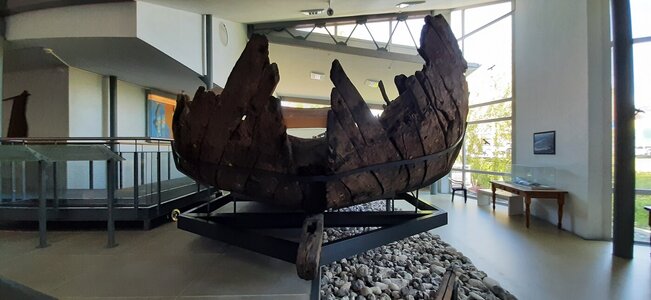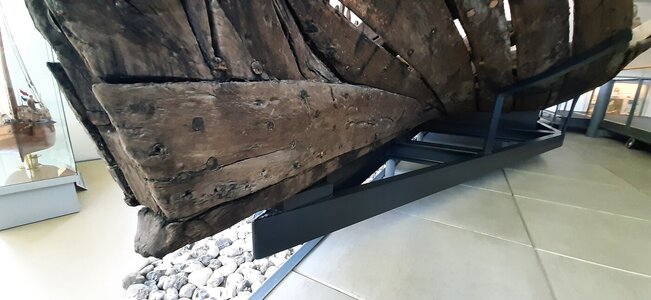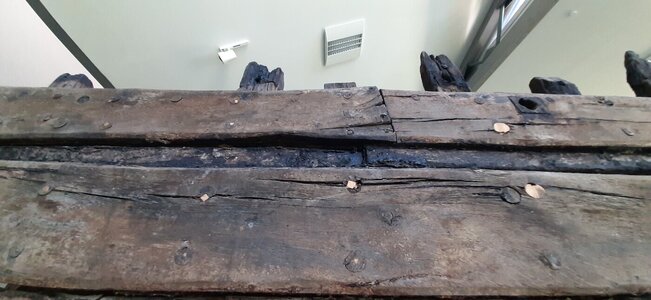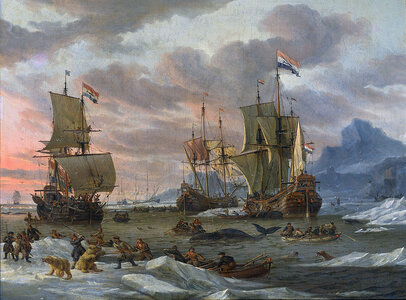When I was briefly in Husum Northern Germany for bussiness last week I spend some additional time in the North Frisian Schiffahrts Museum.
It is a small 4 story museum and what I like about these is they show a lot of models. The large museum now adays all want to become an experience with large exhibitions but less and less models on display.
This regional museum tells the story of the maritime history of North Friesland, now Schleschwig Holstein Germany.
It is best to start with the top floor, then you build up the expectations.
In the attic the story deals with a lot of smaller models of 20th and 21st century ships.
They have an impressive collection of 1:1250 scale models here.

One floor down the collection expands with a lot of models in different qualities, a lot of these are build by local modellers. How great would it be to show your model in a museum .
.




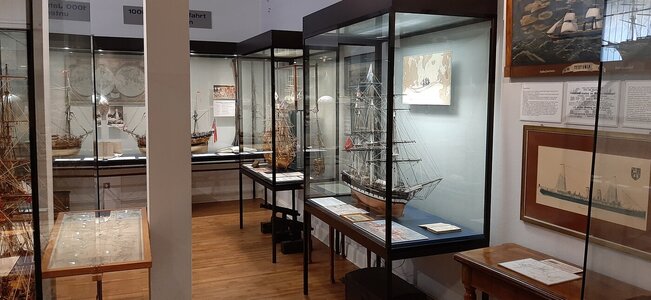



On this floor there are two excuisit models I d like to show in detail.
It is a small 4 story museum and what I like about these is they show a lot of models. The large museum now adays all want to become an experience with large exhibitions but less and less models on display.
This regional museum tells the story of the maritime history of North Friesland, now Schleschwig Holstein Germany.
It is best to start with the top floor, then you build up the expectations.
In the attic the story deals with a lot of smaller models of 20th and 21st century ships.
They have an impressive collection of 1:1250 scale models here.

One floor down the collection expands with a lot of models in different qualities, a lot of these are build by local modellers. How great would it be to show your model in a museum








On this floor there are two excuisit models I d like to show in detail.















